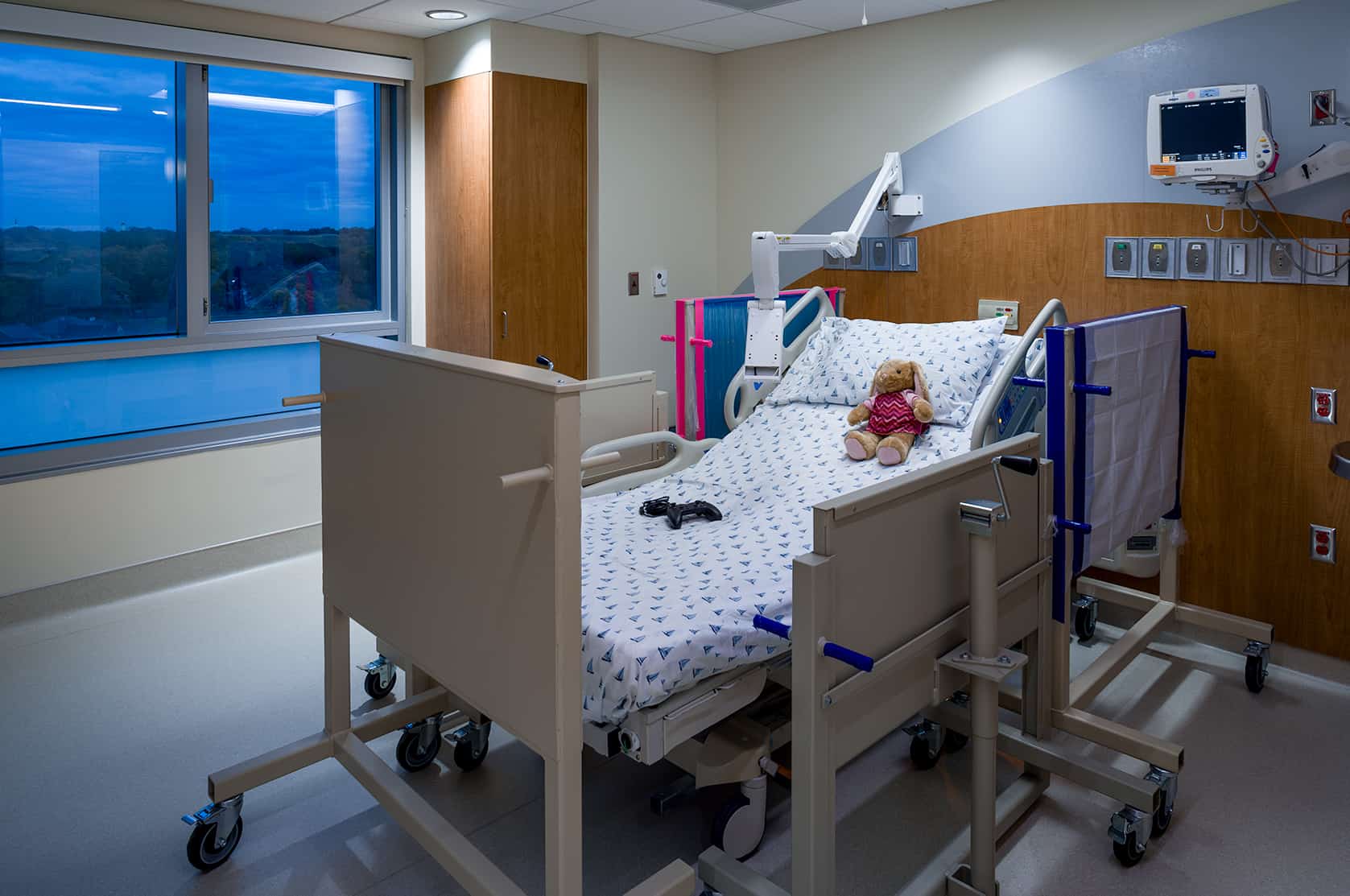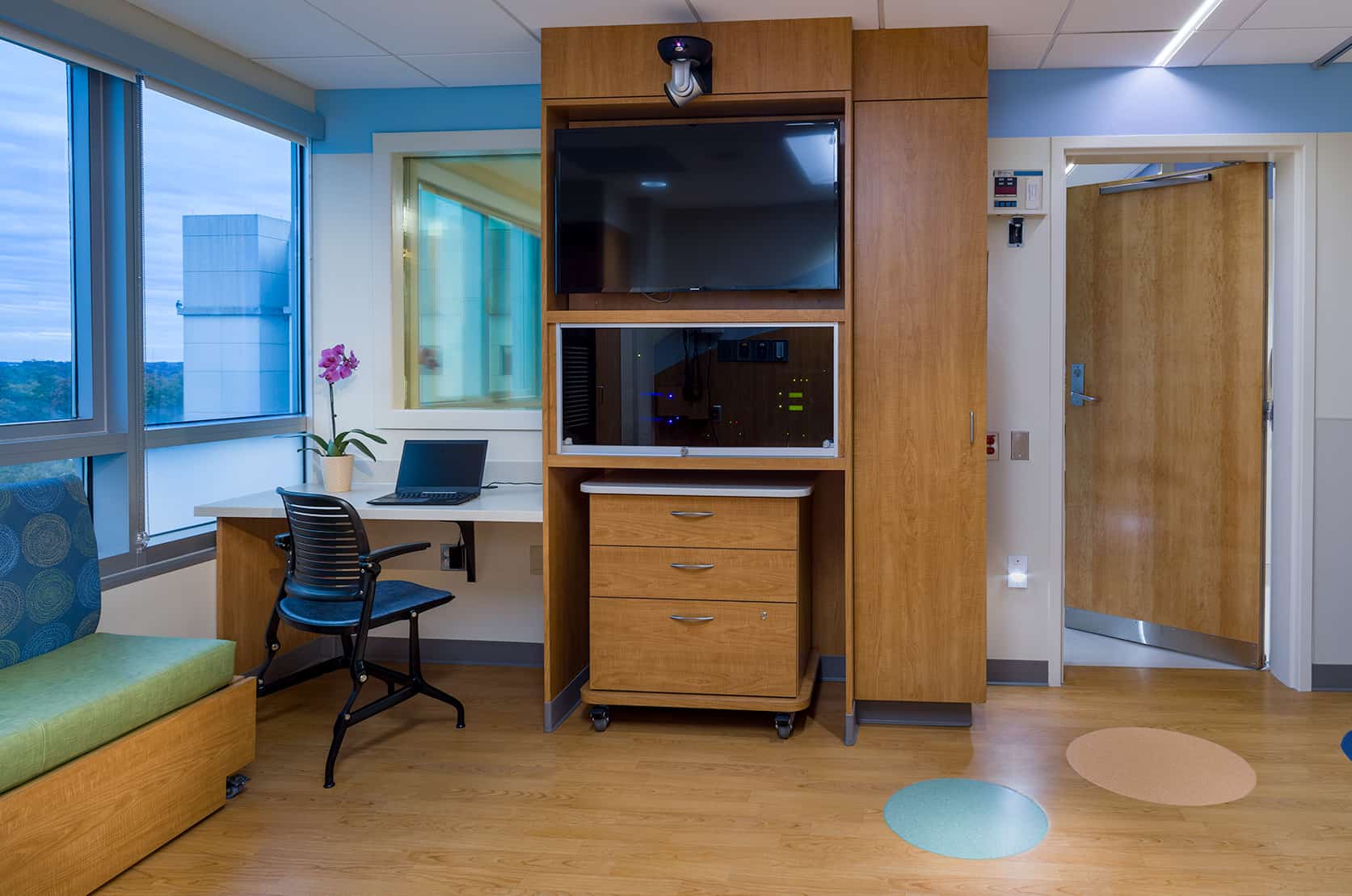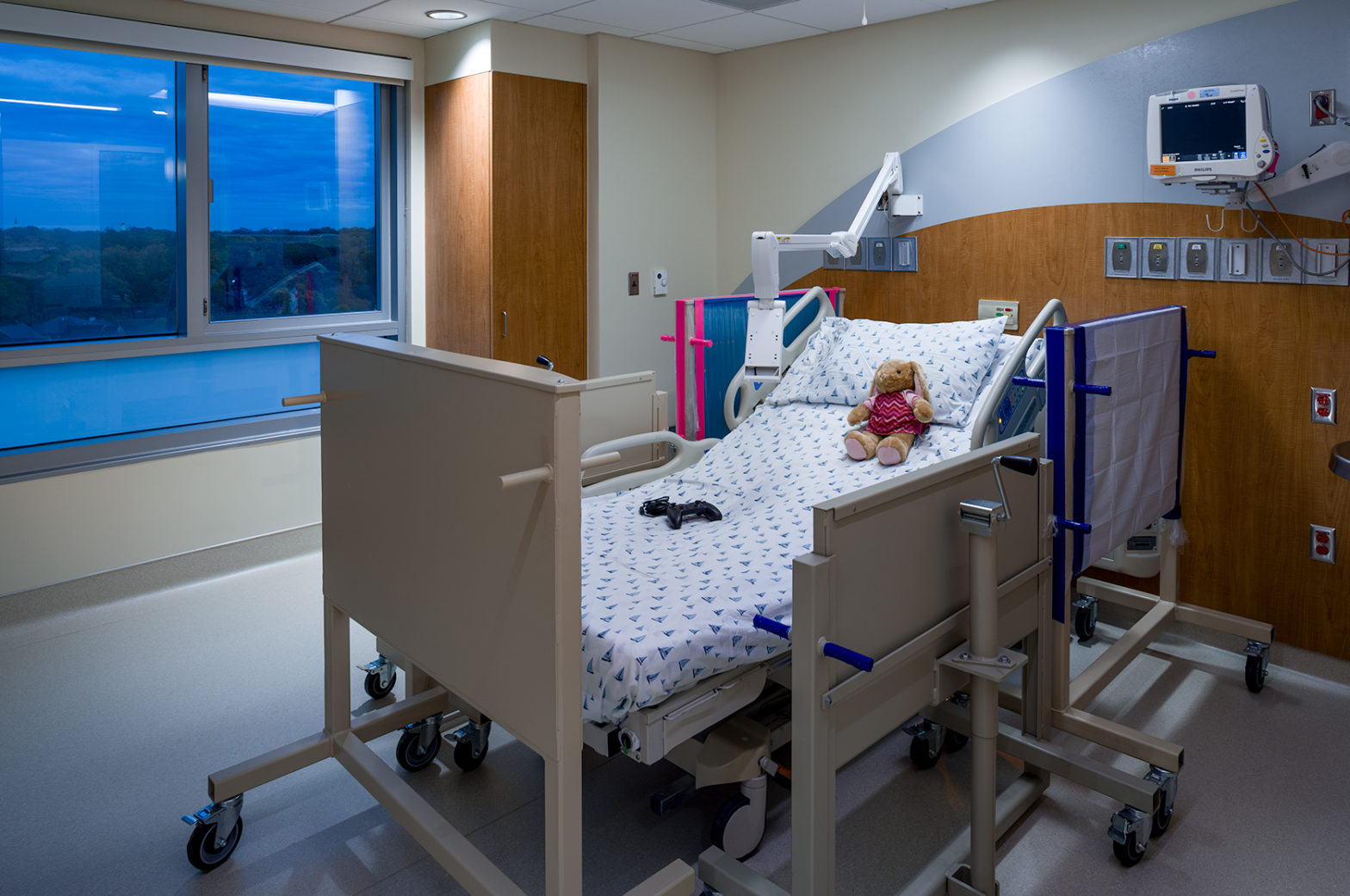It is unbearable for a parent to imagine their child battling cancer. To add to that distraught is the realization that the closest facility offering the necessary treatment for their child’s rare form of cancer is more than two hours away.
This is where Levine Children’s Hospital saw an opportunity, and Little made the difference.

Isabella Santos was 2 years old when she was first diagnosed with Neuroblastoma, a rare and deadly cancer that affects about 750 children a year and is typically only caught after spreading to other areas of the body.
With support and determination, Isabella surprisingly beat the less than 40 percent survival rate at diagnosis. However, she relapsed, and her survival rate dropped to less than 5 percent.
MIBG (Metaiodobenzylguanidine) therapy was her only hope.
Unfortunately, this specialized treatment wasn’t offered in Charlotte, forcing Isabella and her family to travel as Isabella continued to fight her back-to-back relapses.
In June 2012, her parents were told the cancer had returned yet again and, this time, it would be relentless. Isabella’s fight ended a few weeks later.
In hopes of providing support to other children and families faced with Neuroblastoma, Isabella’s family created the Isabella Santos Foundation and donated $1 million to Levine Children’s Hospital, allowing for Charlotte’s first MIBG therapy suite.
This suite, however, isn’t like other cancer treatment suites. The reality is when being treated with MIBG, the child’s bodily fluids become highly radioactive. The risk of radiation is so severe that each caregiver, including parents who are required to sign a waiver acknowledging their exposure to high levels of radiation, can only spend five minutes per day in the room – causing the child to be alone the majority of the time. Therefore, the design needed to accommodate things like a lead-lined room, appropriate materials, flexibility and constant patient monitoring. But, perhaps most importantly, it needed to connect the child with his/her family.
Our solution? A patient room with an adjoining parent room and a large window in-between – providing parents, other caregivers and the child with the ability to have a direct, visual connection. The design allows parents, like Isabella’s, to feel more intimately involved with the treatment process, and brings hope and reassurance to a child undergoing extreme treatment.


Levine Children’s Hospital expects to start admitting patients to their new MIBG therapy suite in January. To have a hand in making such an important medical service more accessible to the Charlotte community, while optimizing the patient/family experience, has been one of the most rewarding projects our Healthcare team has ever done.

